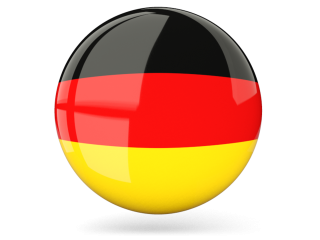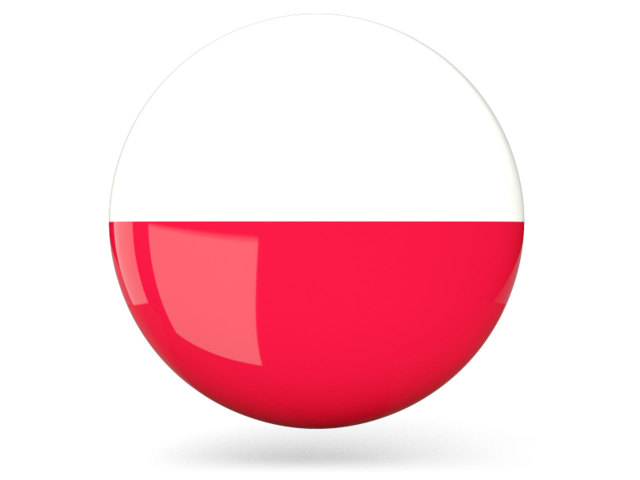TPE thermoplastic elastomers, also known as thermoplastic rubbers, are rubber-like materials that can be processed by injection moulding.
These are blends of hard plastics such as PP, PA, PBT with soft rubber and modifiers. They comprise a very wide range, including TPO (thermoplastic olefin), TPV (EPDM+PP), TPS (styrene plastics), TPE (thermoplastic polyester), TPA (thermoplastic PA).
All these combinations have the properties of rubber and differ in their temperature and chemical resistances and in their degree of permanent deformation after compression.
Applications: wide range of automotive applications, sealing and insulating materials. Manufacture of sports equipment, manufacture of everyday items such as toothbrushes, razors, etc. Manufacture of spectacle frames, toys. Production of seals.




